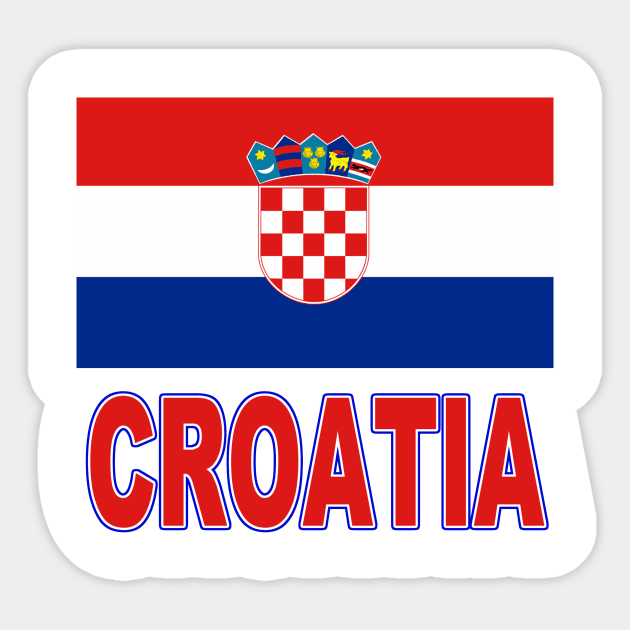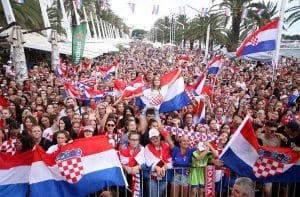Headlines
Croatia Population, Official Language And More.

Following World War I and the dissolution of Austria-Hungary in 1918, Croatian lands were incorporated into the Kingdom of Yugoslavia. Following the German invasion of Yugoslavia in April 1941, the puppet state Independent State of Croatia, allied to the Axis powers, was established. It was defeated in May 1945, after the German Instrument of Surrender. The Socialist Republic of Croatia was formed as a constituent republic of the Socialist Federal Republic of Yugoslavia. In 1991, Croatia’s leadership severed ties with Yugoslavia and proclaimed independence amidst the dissolution of Yugoslavia.

Croatia
The Population
Croatia has a population of approximately 4 million people. The majority of the population is of Croatian ethnicity, with minorities including Serbs, Bosniaks, and Hungarians.
The Landmarks
Croatia is home to many beautiful landmarks, including the Plitvice Lakes National Park, a UNESCO World Heritage site known for its stunning waterfalls and lakes. Another popular destination is the Diocletian’s Palace in Split, which was built by the Roman emperor Diocletian in the 4th century AD.
The Official Language
The official language of Croatia is Croatian, which is a member of the Slavic language family. Other languages spoken in Croatia include Serbian, Bosnian, and Hungarian.
The Culture
Croatia has a rich cultural heritage that is influenced by its history and geography. Traditional Croatian music includes folk songs and dances, as well as classical music from composers such as Ivan Zajc and Jakov Gotovac. Croatian cuisine is diverse and includes dishes such as cevapi, a type of grilled meat served with bread, onions, and sour cream.
The Economic Stability
Croatia’s economy has been growing steadily in recent years. In 2020, Croatia’s GDP was approximately $60 billion USD. The country’s main industries include tourism, shipbuilding, and food processing.
The GDP
Croatia’s GDP was approximately $78.88 billion USD in 2023. With its entry into the Eurozone, Croatia is now classified as a developed country or an advanced economy, a designation given by the IMF to highly developed industrial nations, with GDP (nominal) per capita above $20,000, which includes all members of the Eurozone.
The Currency
The official currency of Croatia is the Euro (EUR).
The Food
Croatian cuisine is diverse and includes dishes such as cevapi, a type of grilled meat served with bread, onions, and sour cream. Other popular dishes include burek, a pastry filled with meat or cheese, and pasticada, a beef stew served with gnocchi.
Major Cities
The capital and largest city in Croatia is Zagreb, which has a population of approximately 800,000 people. Other major cities include Split, Rijeka, and Osijek.
Major Airports, Sea Ports, and Schools
Croatia has several major airports, including the Zagreb International Airport, which is the largest airport in the country. Other major airports include the Split Airport and the Dubrovnik Airport.
The largest sea port in Croatia is the Port of Rijeka, which is located on the northern Adriatic Sea. Other major ports include the Port of Split and the Port of Ploce .
Croatia has several universities and colleges, including the University of Zagreb, which is the oldest and largest university in Croatia. Other notable institutions include the University of Split and the University of Rijeka.





